Matteo Thun: The Index Book
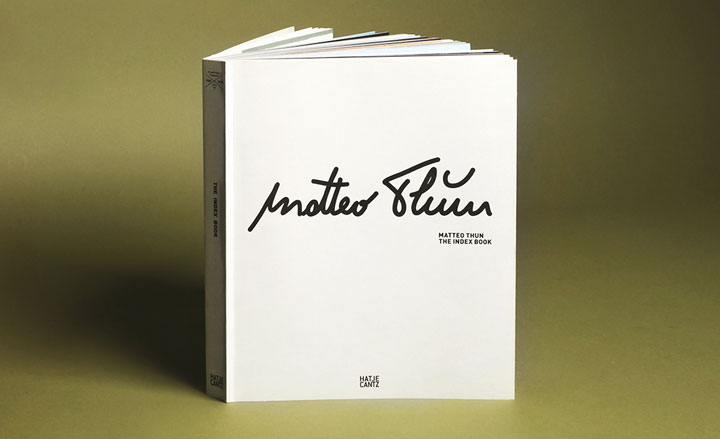
There are no vanity editorials in 'Matteo Thun: The Index Book'. No ego boosting essays. And no statements on the Italian architect's long term impact on the world of design. Just six sets of indexes that allow you to access his work six different ways: alphabetically, typologically, topographically, chronologically, by client name and finally, according to visuals that correspond to each user friendly list.
Much like a helpful inventory of ingredients in the back of a cookbook, Thun's book brings a scientific organisational approach to his vast body of work, creating along the way a new lexicon for speaking about it. What results is 30 years worth of projects, 'from coffee cups to restaurants, from mountain resorts to wristwatches, from saucepans to solitary villas', neatly condensed into a singular, handy user's guide.
Our Milan editor-at-large, JJ Martin, caught up with the designer to hear more about his reinvention of the classic monograph.
The lists are sensible and original. Why did you decide to organise the material in this way?
The idea started because we were getting daily requests from people asking what the studio did. At a certain point my wife said, 'you really need to create something that functions like a phone book.' And here we are. It's the fastest way to find the 'who', 'what', 'where' and 'why' about our work.
You left out texts on your creative inspiration or mission. Why is that?
That was on purpose. The majority of books on architects and designers are done by creatives, for creatives. This book, on the other hand, doesn't speak to creatives, but rather to business people, CEOs, decisions-makers and whoever wants a service from this company.
What will non-creatives glean from the lists?
There are different index criteria so you can see what was done in 1982, what was done in Switzerland, what was done for private homes, for hotels, for spas - all the categories of my work, really. The introduction by Hans Ulrich Obrist is just two pages, a sort of 'back to the roots' that talks about Sotsass, my teachers and my beginnings. And basta. No, self celebration at all.
I'm finding myself in unchartered territory with an architect not in possession of a big ego…
No, it's the opposite! I want to avoid speaking subjectively about my work. There's too much 'fried air' in design and architecture today. I'm more interested in the idea of 'nachschlagewerk'. It's a German word - better than 'dictionary' or 'phonebook' - which means you open the right page to know what's going on.
And once you're inside the meat of the book with all of the images?
When you look through it you'll notice there's a huge linguistic discontinuity. Because if I build in Abu Dabai, it's just completely different than if I build in the periphery of Milan or in Switzerland. So this means that every project needs to be started from zero and each time you need to create a new language. This fits in with my concept of Zero Design.
Is this your first book?
I did two others in the 1990s, then I decided to never do a book again because they were self-gratifying and showing your muscles isn't part of my character. But this is different; this I like.
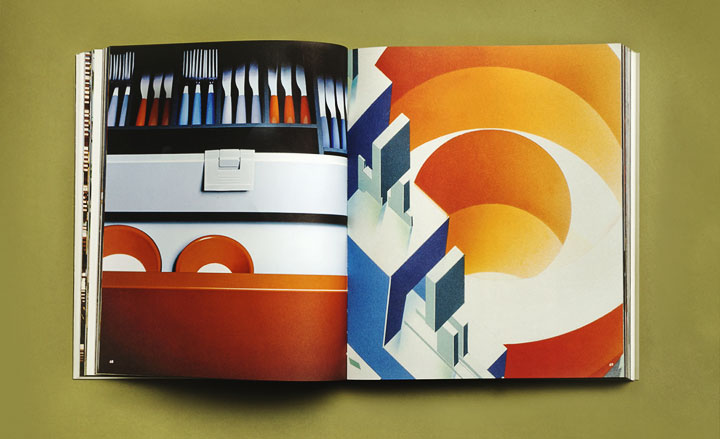
A spread from the book, featuring (on the left page) the 'Fantasia' cutlery collection for WMF, 2000, and 'Primavera', kitchen for Febal, 2011 and (right page) a poster for 'The Heavy Dress' traveling exhibition, 1986
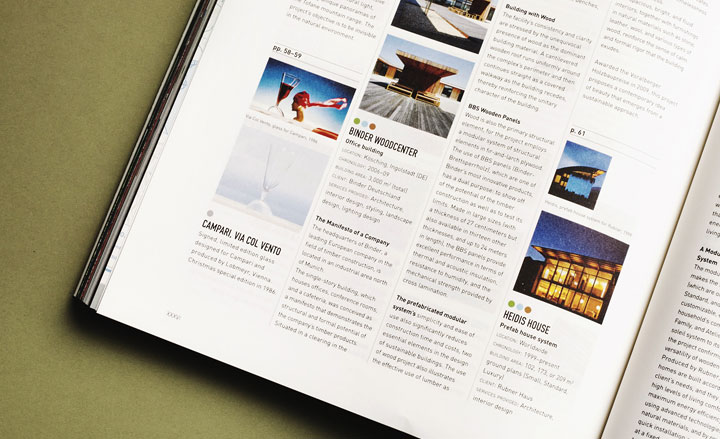
The book is easily navigated thanks to a project index that helpfully categorises his architectural oeuvre in six different themes, such as alphabetical order and chronologically
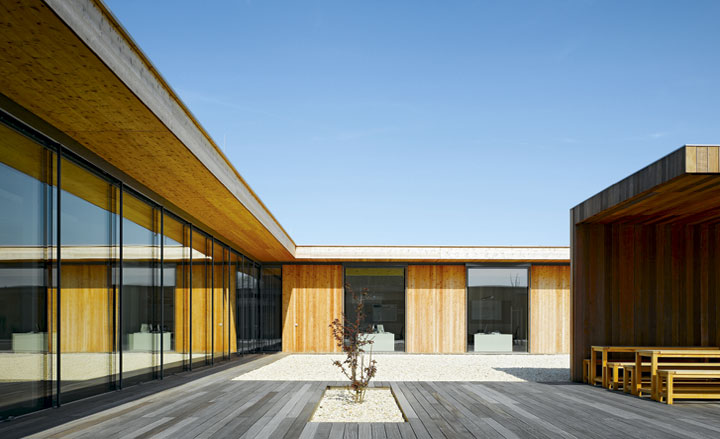
Binder Woodcenter, Kösching, Ingolstadt, 2006-09. Photography: Jens Weber
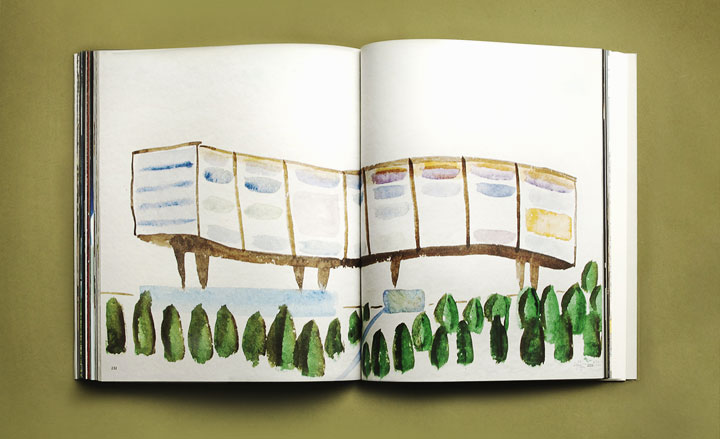
Watercolour by Matteo Thun of the Icon Hotel, Bürgenstock, Lake Lucerne, Switzerland, which was completed in 2010

Edelweiss Residences, Katschberg, Austria, 2005-09. Photography: Jens Weber
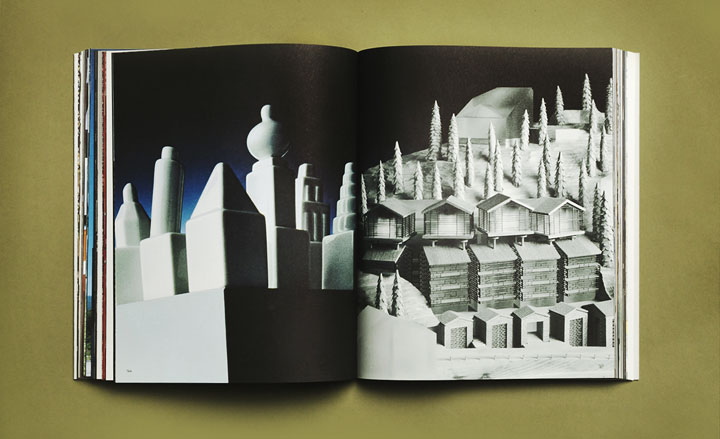
'Monumenti' ceramic salt and pepper shakers for Arzberg, 1987 (left) and an architectural model of the Vertical Village, Zermatt, Switzerland, 2009 (right)
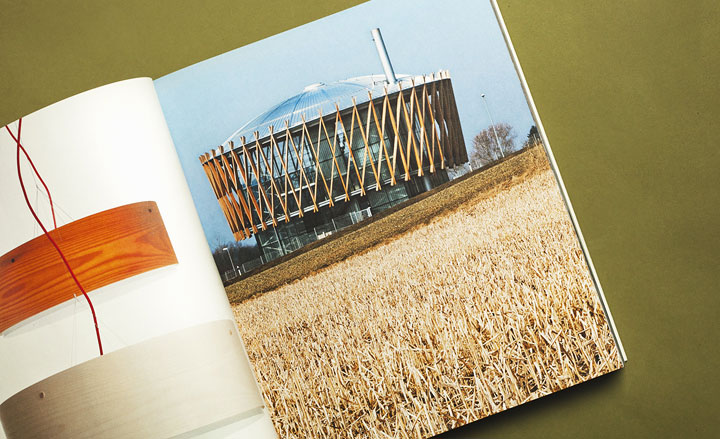
'Arba' lamp collection for Belux, 2009 (left) and Biomass Power Plant, Schwendi, Germany, 2006-08 (right). Photography: Jens Weber
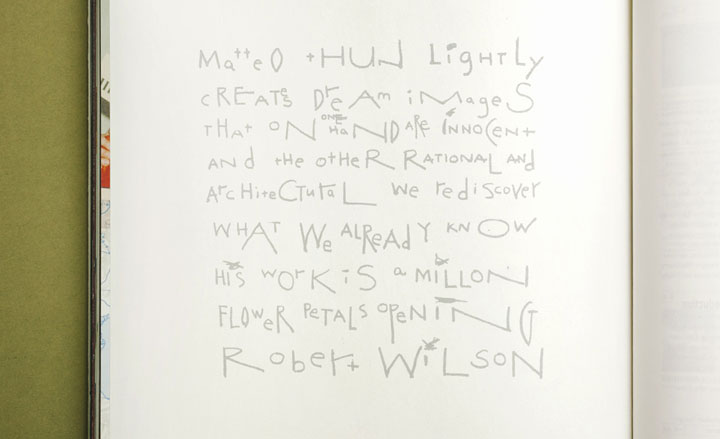
American director Robert Wilson's ode to the work of Matteo Thun
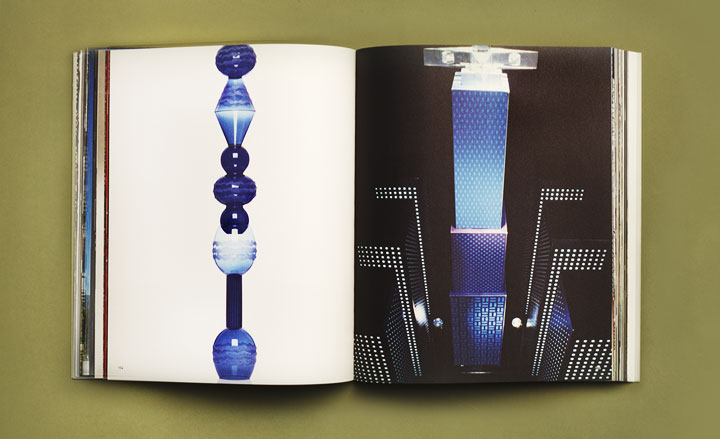
'Rinascimento' vase collection for Tiffany & Co, 1986 (left), and architectural model of the Midtown Manhattan Hotel, shown at 'The Heavy Dress' traveling exhibition, 1986 (right)
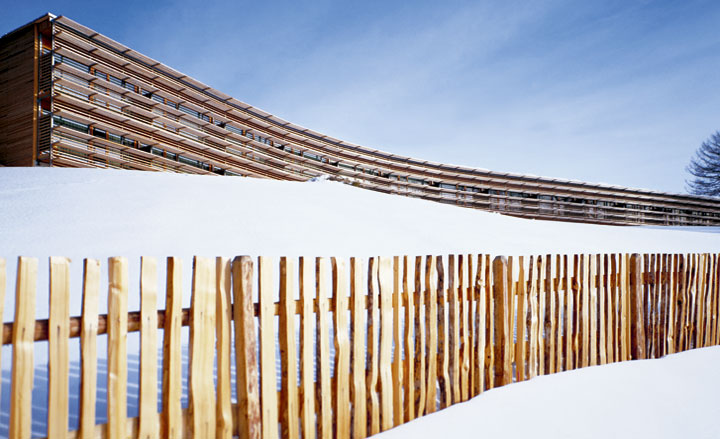
Vigilius Mountain Resort, Lana, Meran, Italy, 2001-03. Photography: Vigilius Mountain Resort
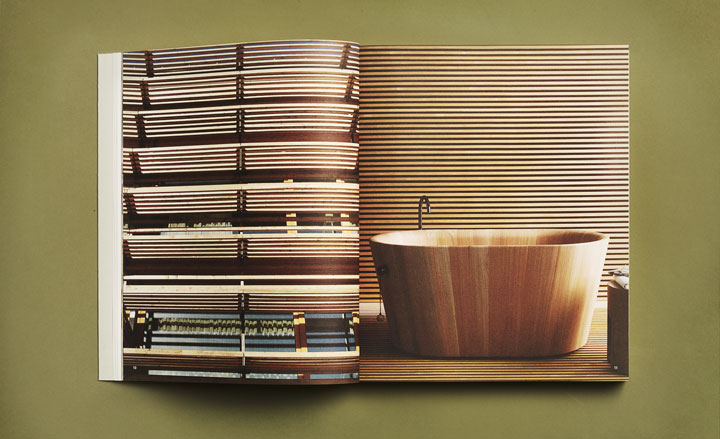
Detail of façade of Vigilius Mountain Resort, Lana, Meran, Italy, 2001-03 (left) and Ofuró bathtub, Rapsel, 2008 (right), which won a Wallpaper* Design Award for 'best bath'

'Twin 1731' knife collection for Zwilling, 2008. Photography: Leo Torri. Courtesy of Zwilling J.A. Henckels
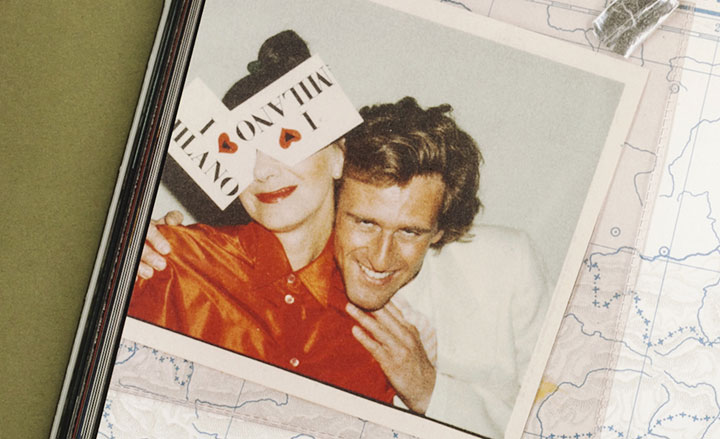
A snapshot of Matteo Thun with Nally Bellati at the opening party of his studio on Via Appiani in Milan, autumn 1984
Wallpaper* Newsletter
Receive our daily digest of inspiration, escapism and design stories from around the world direct to your inbox.
JJ Martin
-
 All-In is the Paris-based label making full-force fashion for main character dressing
All-In is the Paris-based label making full-force fashion for main character dressingPart of our monthly Uprising series, Wallpaper* meets Benjamin Barron and Bror August Vestbø of All-In, the LVMH Prize-nominated label which bases its collections on a riotous cast of characters – real and imagined
By Orla Brennan
-
 Maserati joins forces with Giorgetti for a turbo-charged relationship
Maserati joins forces with Giorgetti for a turbo-charged relationshipAnnouncing their marriage during Milan Design Week, the brands unveiled a collection, a car and a long term commitment
By Hugo Macdonald
-
 Through an innovative new training program, Poltrona Frau aims to safeguard Italian craft
Through an innovative new training program, Poltrona Frau aims to safeguard Italian craftThe heritage furniture manufacturer is training a new generation of leather artisans
By Cristina Kiran Piotti
-
 Ten contemporary homes that are pushing the boundaries of architecture
Ten contemporary homes that are pushing the boundaries of architectureA new book detailing 59 visually intriguing and technologically impressive contemporary houses shines a light on how architecture is evolving
By Anna Solomon
-
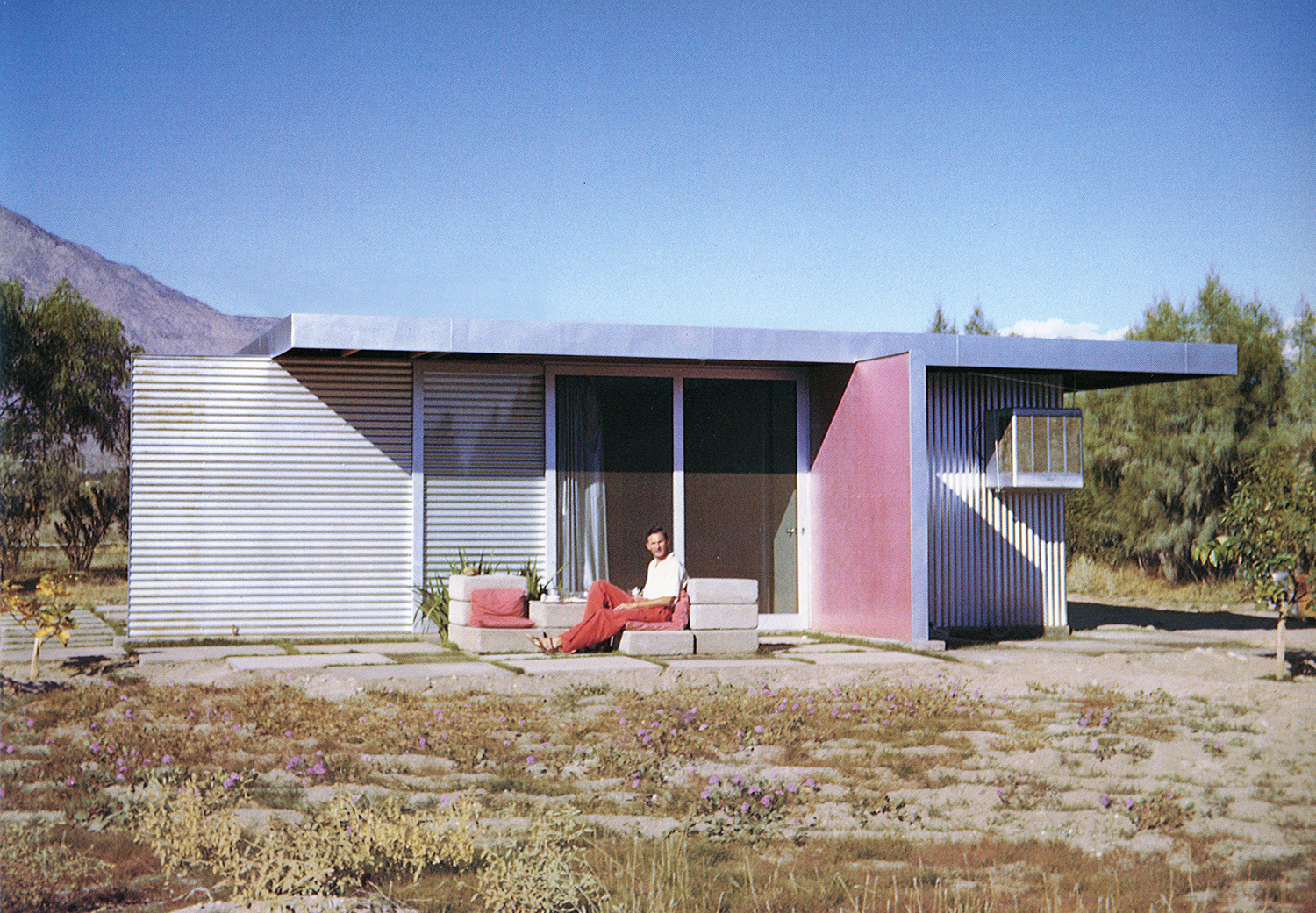 Take a deep dive into The Palm Springs School ahead of the region’s Modernism Week
Take a deep dive into The Palm Springs School ahead of the region’s Modernism WeekNew book ‘The Palm Springs School: Desert Modernism 1934-1975’ is the ultimate guide to exploring the midcentury gems of California, during Palm Springs Modernism Week 2025 and beyond
By Ellie Stathaki
-
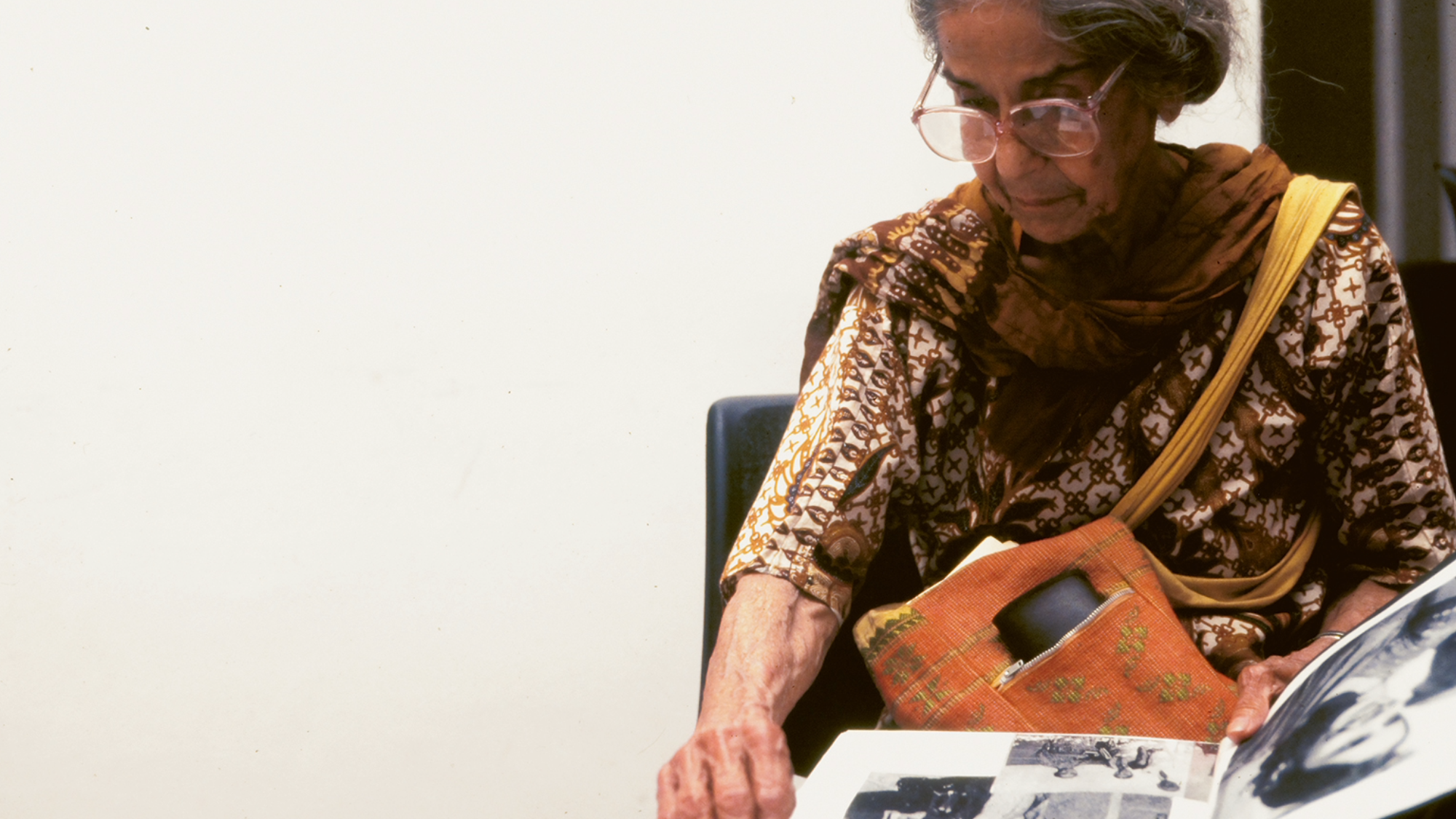 Meet Minnette de Silva, the trailblazing Sri Lankan modernist architect
Meet Minnette de Silva, the trailblazing Sri Lankan modernist architectSri Lankan architect Minnette de Silva is celebrated in a new book by author Anooradha Iyer Siddiq, who looks into the modernist's work at the intersection of ecology, heritage and craftsmanship
By Léa Teuscher
-
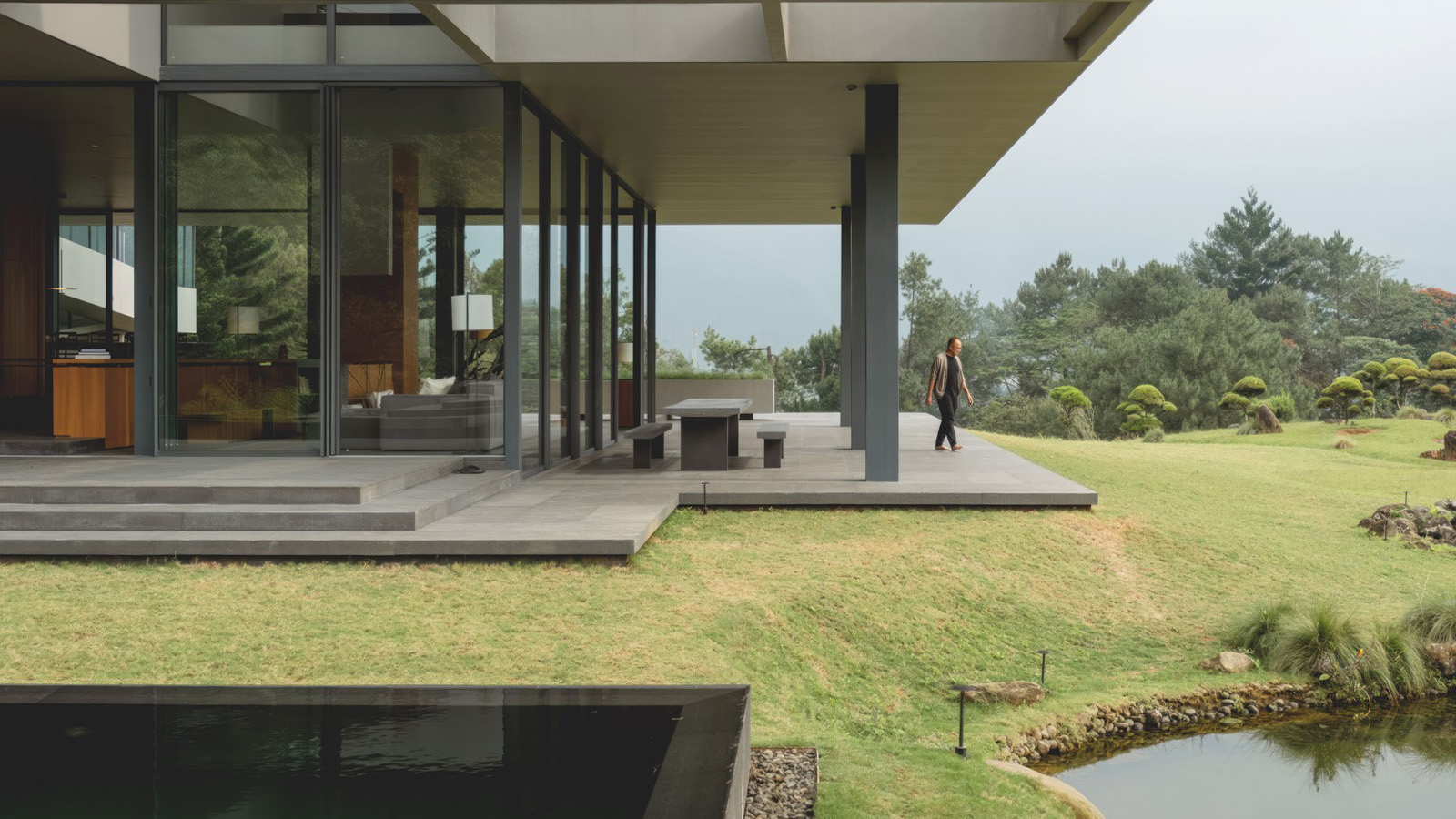 'Tropicality' explored in Indonesian architect Andra Matin’s first monograph
'Tropicality' explored in Indonesian architect Andra Matin’s first monograph'Tropicality' is a key theme in a new book on Indonesian architect Andra Matin, whose work blends landscape, architecture and living
By Harriet Thorpe
-
 ‘A Time ⋅ A Place’ is a lovingly compiled photographic portrait of cars and architecture
‘A Time ⋅ A Place’ is a lovingly compiled photographic portrait of cars and architecture‘A Time ⋅ A Place’ is a celebration of the European Car of the Year and changing perceptions of modern design, pairing the best buildings of the age with their automotive contemporaries
By Jonathan Bell
-
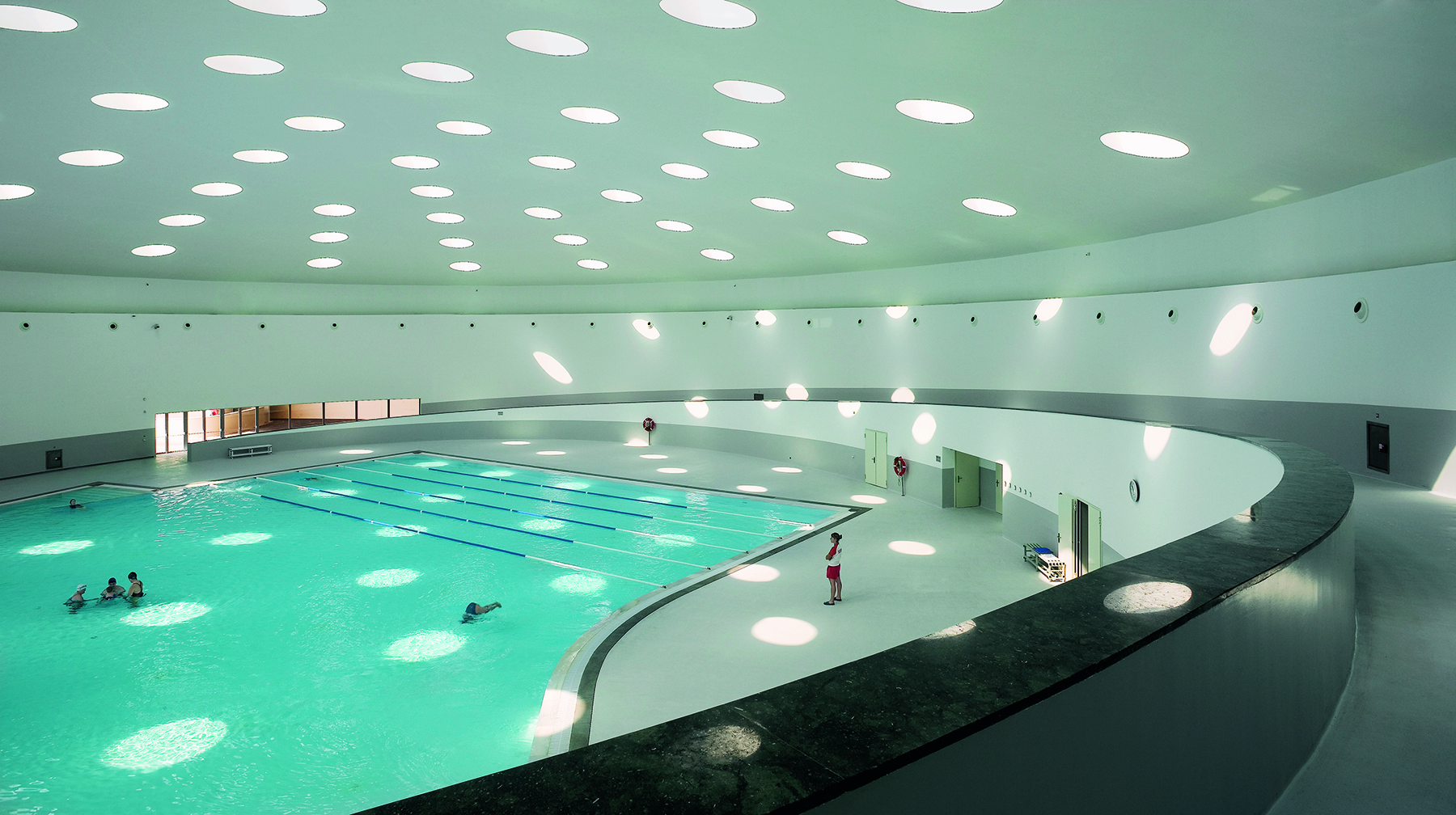 Álvaro Siza’s new monograph through the lens of Duccio Malagamba is impactful and immersive
Álvaro Siza’s new monograph through the lens of Duccio Malagamba is impactful and immersiveÁlvaro Siza and photographer Duccio Malagamba collaborate on a new monograph by Phaidon; ‘Before / After: Álvaro Siza Duccio Malagamba’ celebrates the Portuguese architect's work
By Michael Webb
-
 Marcio Kogan’s Studio MK27 celebrated in this new monograph from Rizzoli
Marcio Kogan’s Studio MK27 celebrated in this new monograph from Rizzoli‘The Architecture of Studio MK27. Lights, camera, action’ is a richly illustrated journey through the evolution of this famed Brazilian architecture studio
By Jonathan Bell
-
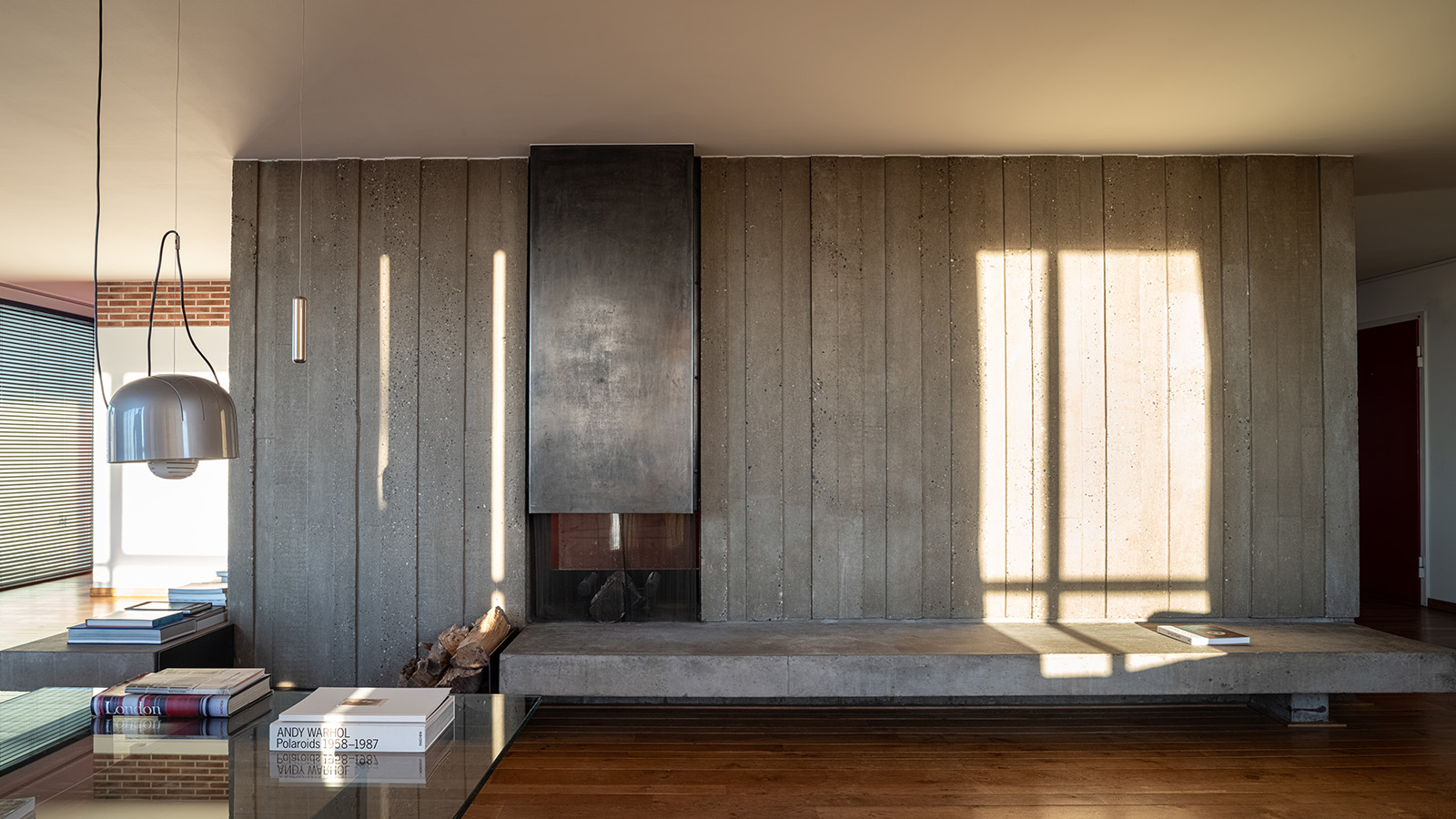 ‘Interior sculptor’ Christophe Gevers’ oeuvre is celebrated in new book
‘Interior sculptor’ Christophe Gevers’ oeuvre is celebrated in new book‘Christophe Gevers’ is a sleek monograph dedicated to the Belgian's life work as an interior architect, designer, sculptor and inventor, with unseen photography by Jean-Pierre Gabriel
By Tianna Williams